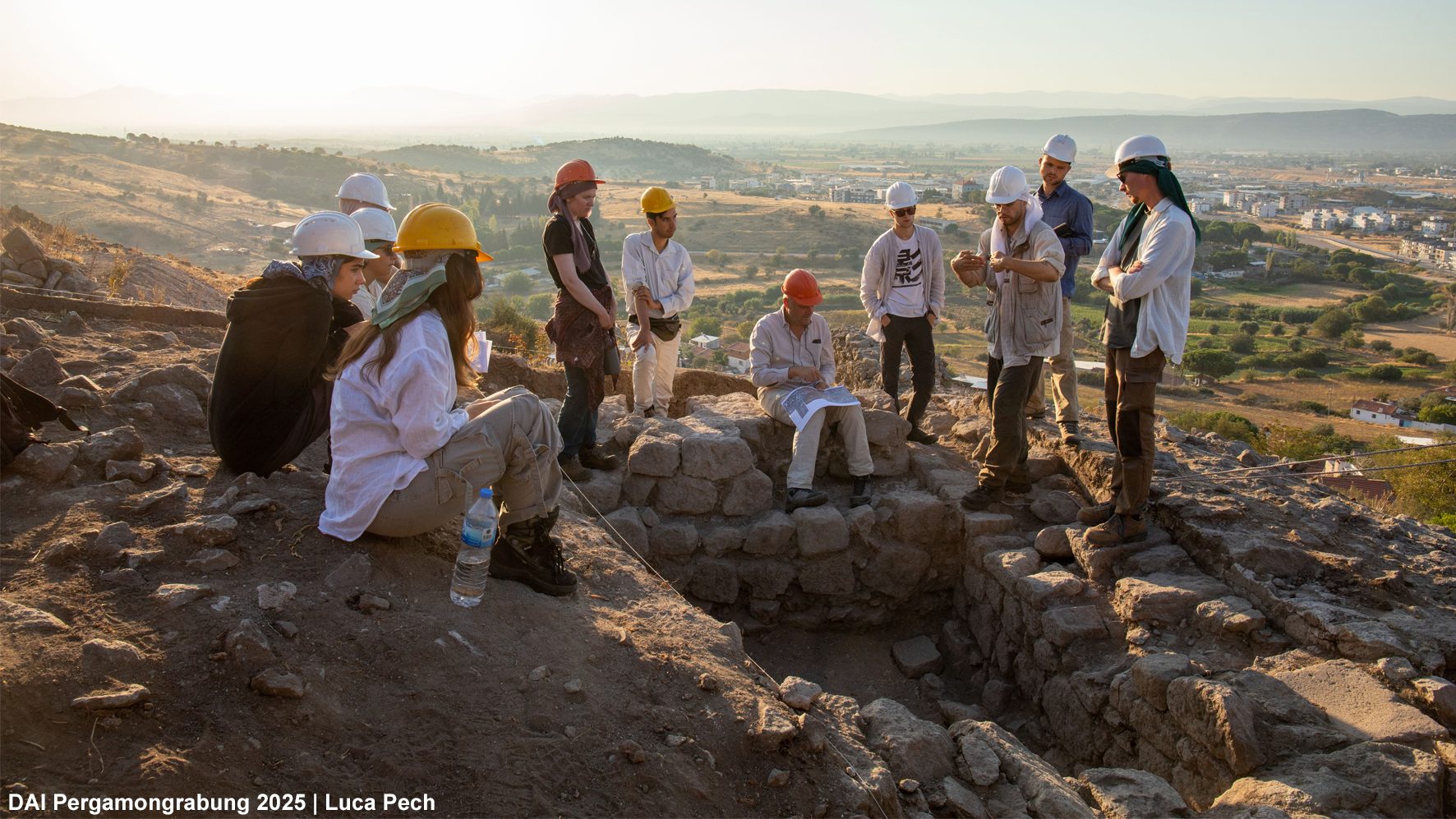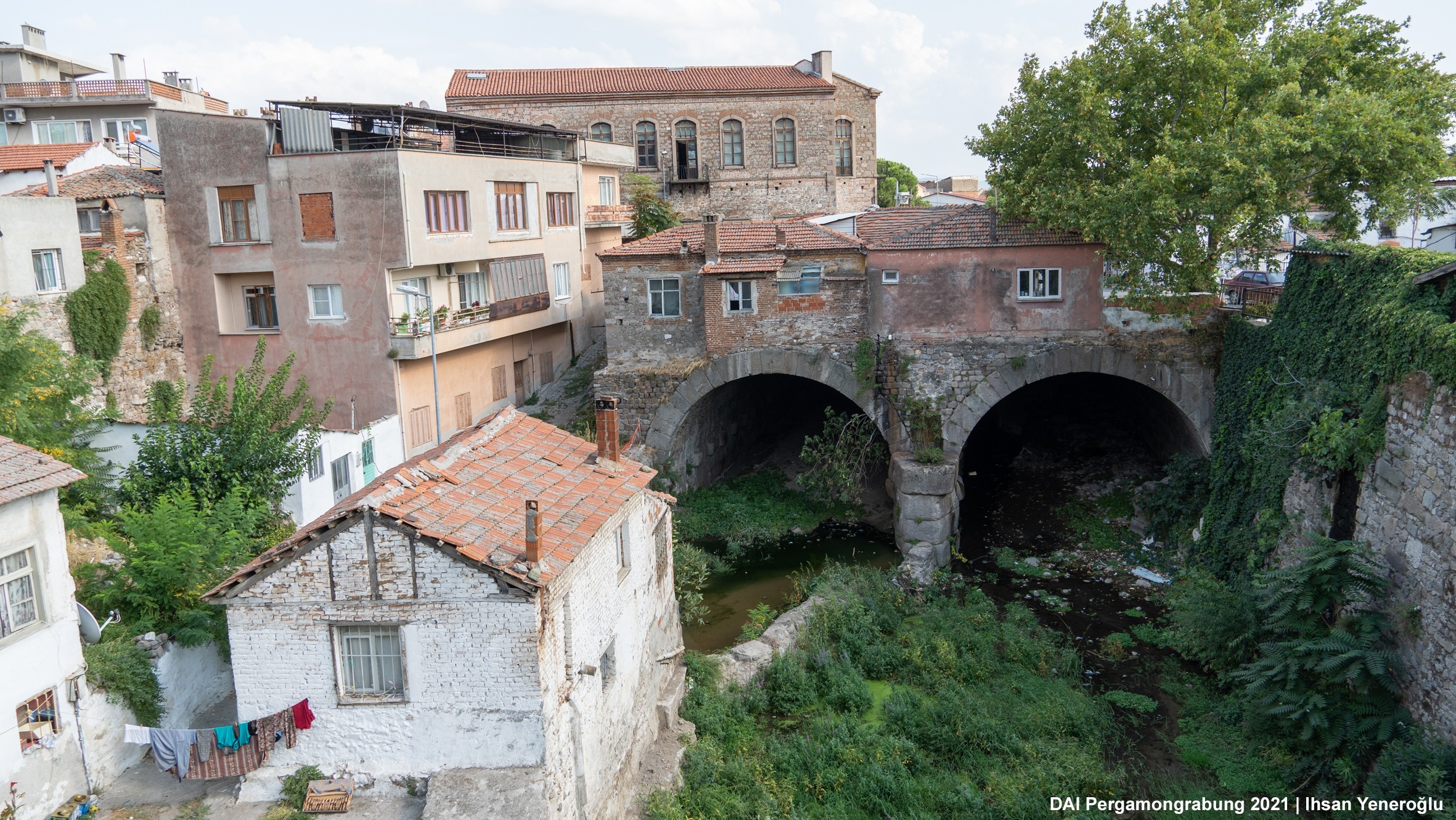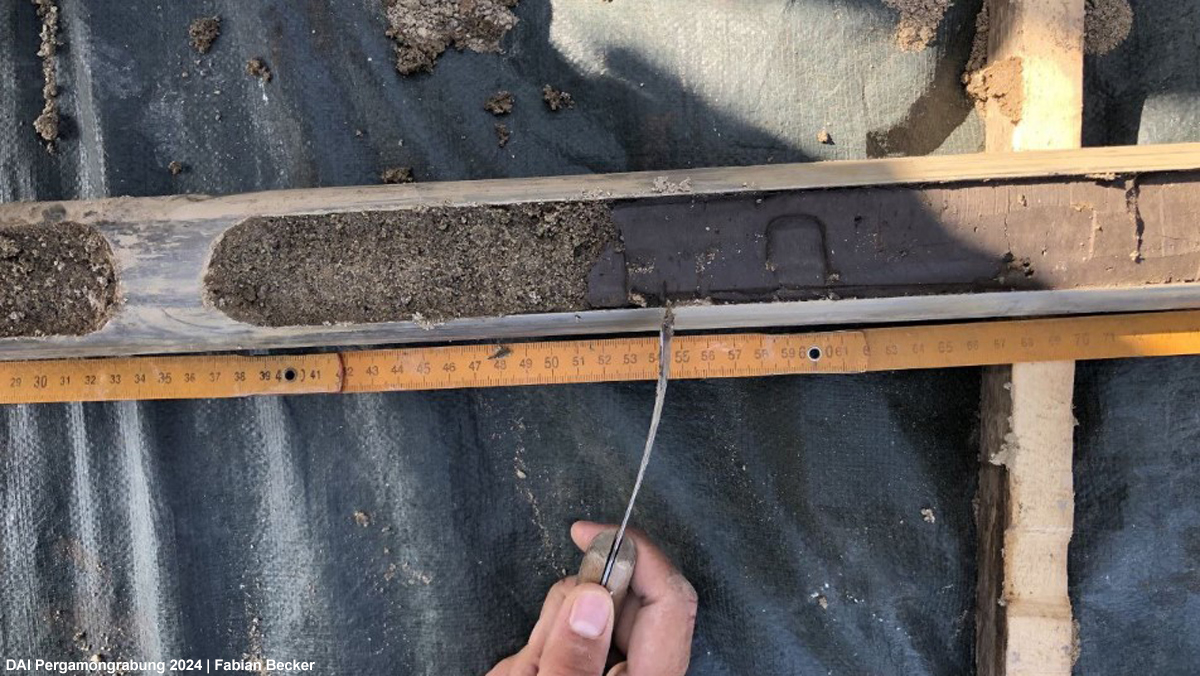Studierende der Universität Leipzig unterwegs in Pergamon: Drei Perspektiven der Kampagne 2025
Aus der Fundbearbeitung erzählt Emma Gronwold, die als Bachelorstudentin sechs Wochen vor Ort war; von der Ausgrabung berichtet Luca Pech, ebenfalls Bachelorstudent, der acht Wochen als Schnittleiter tätig war; und Berglind Hatje, Doktorandin im Surveyprojekt, gibt Einblicke in ihre Arbeiten im Rahmen des Projekts.















